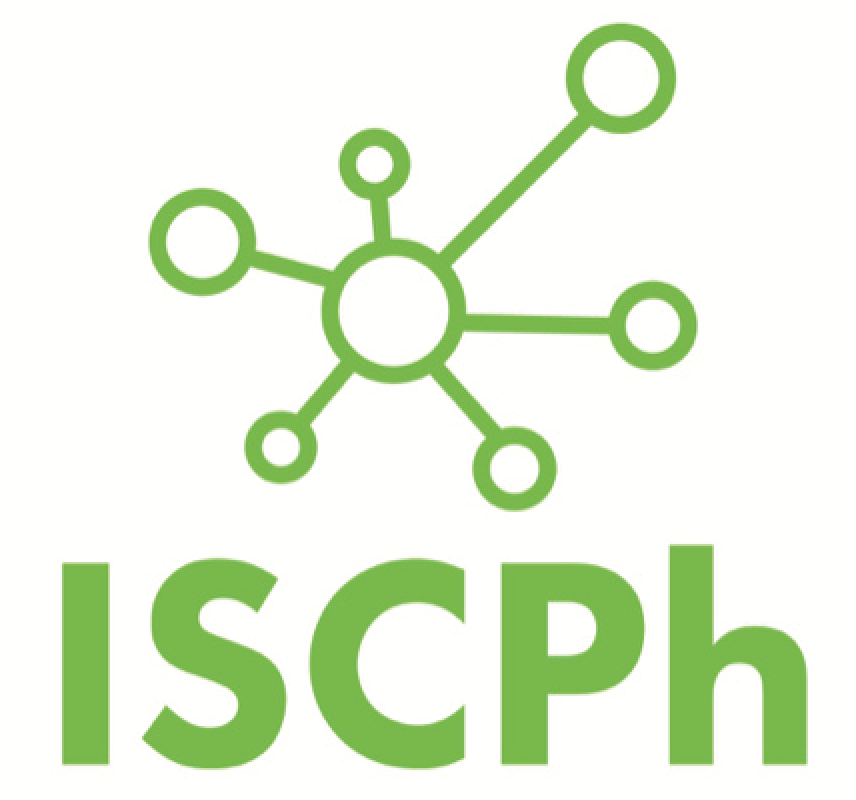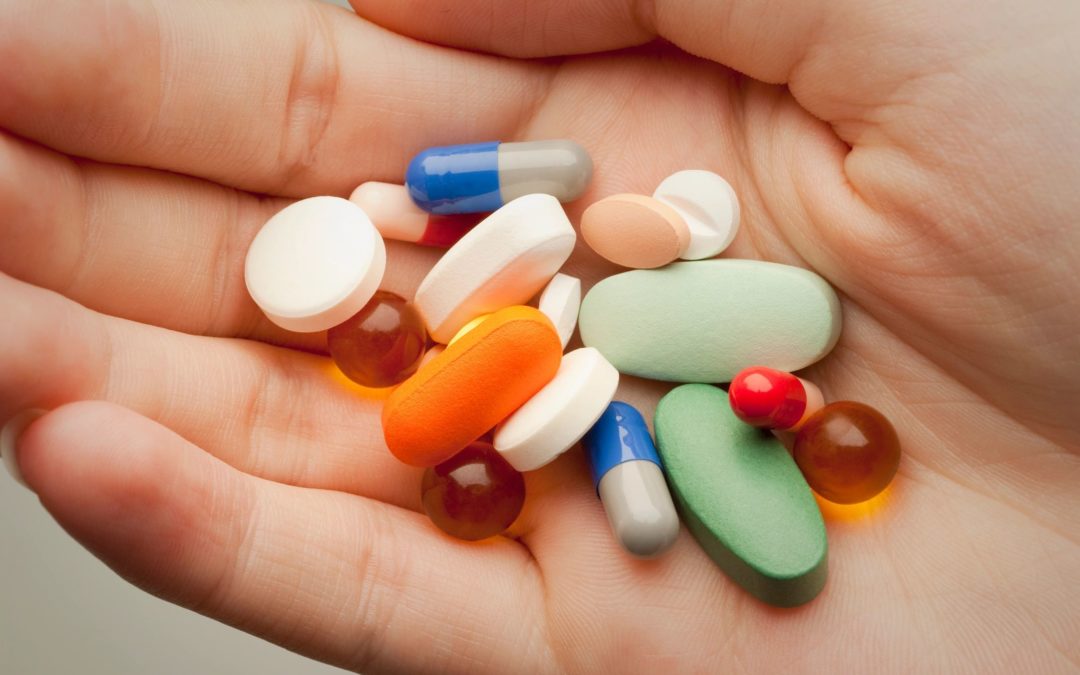Check out this review of our #3 Journal Club with student, Jyness Williams. Stay on the lookout for the audio recording of Journal Club #3: Cannabis in Opioid Use Disorder with Beth Wiese and Adrianne Wilson-Poe.
The opioid epidemic has grown by an unprecedented rate affecting the lives of millions of Americans since 1991. Consuming 80% of the world’s supply of prescription opioid analgesics, users of prescriptions opioids quickly transition to more illicit drugs due to ease of access in America. This has been recognized as an issue on a national scale and means of combating opioid use disorder (OUD) through medication usage have been explored. ‘Emerging Evidence for Cannabis’ Role in Opioid Use Disorder” provides substantial research based support for the use of cannabis to assist with the withdrawal symptoms from opioids.
When assessing the mechanism of action for cannabis, the cannabinoid-1 receptors (CB1) and mu opioid receptors (MORs) not only parallel in locality in the brain, but also cross paths in producing specific behaviors. Interactions exist between the reward and withdrawal systems for both opioids and cannabinoids, affecting the dopamine neurons. Exogenous CB1 agonism has demonstrated alleviation of common symptoms associated with opioid withdrawal. In addition to the effects of opioids on CB1 and MORs; kappa opioid receptors (KOR) have also been associated with negative opioid withdrawal effects. While more research is warranted, the mechanistic evidence supporting the adjunctive use of cannabis for withdrawal symptoms experienced during opioid withdrawal is solid.
Cannabis efficacy as an analgesic in chronic pain has been confirmed by NASEM’s 2017 report. When cannabis is used in conjunction with opioids, there is a potential 40-60% decrease in the normal usage of opioids. As an adjunctive or complementary alternative, cannabis has a favorable safety profile that does not include constipation or respiratory depression. Patients have also reported reductions of benzodiazepines and antidepressants following cannabis self-titrated dosing. Dose-escalation and physical dependence of opioids can be mitigated using cannabis as a harm-reduction alternative.
Currently, there are only 4 approved medications to treat OUD. Methadone, buprenorphine, and buprenorphine/naloxone (Suboxone, Zubsolv) are each used to assist in OUD, however each drug has its drawbacks. Methadone has been shown to have longer lasting withdrawal symptoms – up to three weeks longer compared to opioids. The lack of access to clinics, strict regulations, and relapse rates for patients presents methadone as an unfavorable alternative. Buprenorphine along with buprenorphine/naloxone has limited distribution, as only 3% of physicians possess the additional Drug Enforcement Agency credentials required to prescribe for addiction. Additionally, registered physicians have a maximum number of patients that can receive buprenorphine/naloxone further limiting the harm-reduction potential.
Cannabis has also received some concern as a viable alternative treatment for OUD. With strong anecdotal evidence supporting its role as a complementary or alternative therapy, Cannabis doses and titrations have not been studied or validated. There is also the potential of cannabis use disorder (CUD) developing in the place of OUD with the substitution. FDA approved cannabinoid dronabinol demonstrates dose-dependent adverse effects. Yet studies have demonstrated the ratio of THC to CBD in cannabis is crucial in receiving the benefits while mitigating addiction potential, which is notably low (<10%). To date, cannabis does not carry the risk of a fatal overdose, and in fact has a strong correlation with a reduction in fatal opioid overdose death rates in states with legalized cannabis. Further exploration is warranted to identify the appropriate dose, titration, and population that would benefit from cannabis in OUD.


It would be helpful to have a state review of current indications for opioid withdrawal as well as a review of studies in use of mm for pain & other opioid indications. One topic sorely missing is anecdotal or clinical information as to the strains/THC/CBD % most likely Or effective for each indication.
Check out the published reports from Minnesota’s Medical Program: here